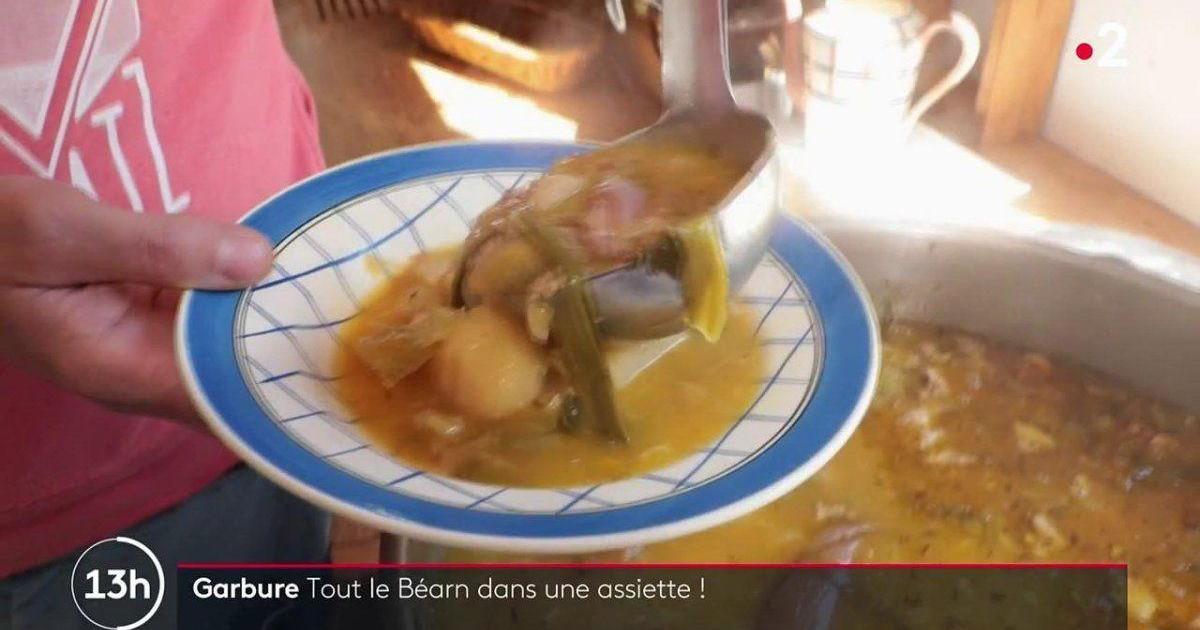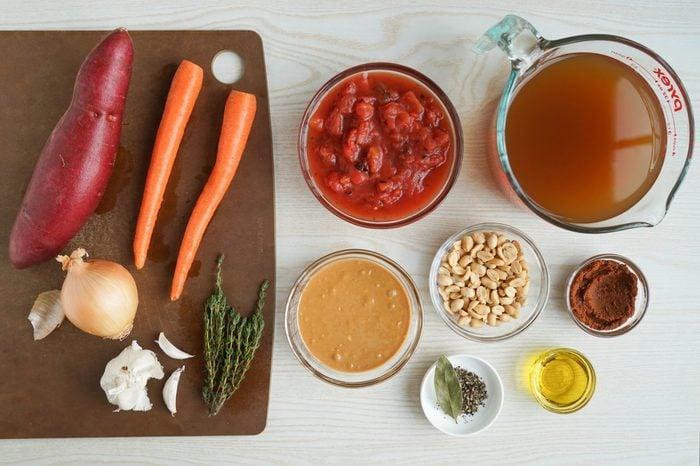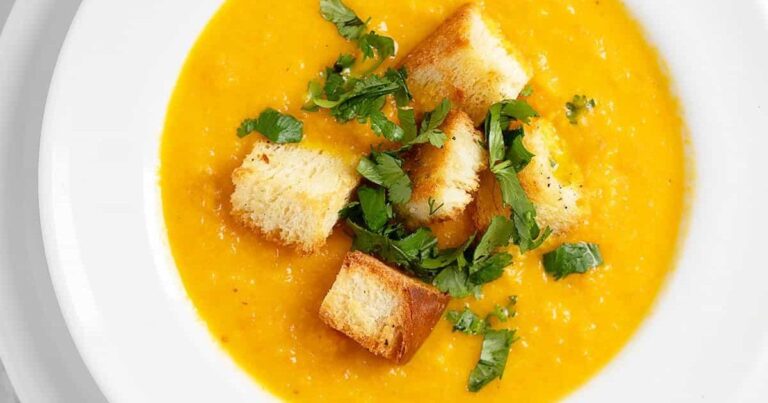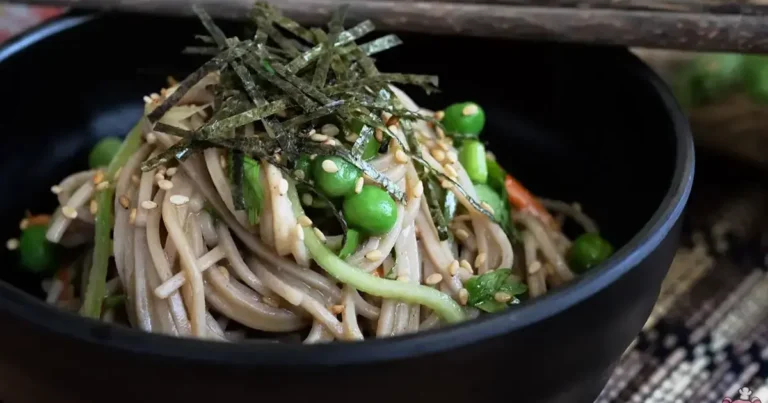Pau Bouillabaisse
Dive into the Flavors of the South of France: Pau Bouillabaisse
Transport yourself to the sun-drenched coast of France with this authentic Pau Bouillabaisse recipe. This isn’t just a soup; it’s a culinary experience, a celebration of the sea, and a dish steeped in tradition. Bouillabaisse, originating from the port city of Marseille, is a flavorful fish stew that’s perfect for a special occasion or a cozy night in.
Our version, a Pau Bouillabaisse, offers a slightly refined take on the classic, emphasizing the delicate flavors of the fish and the bright notes of orange. It’s a dish that’s meant to be shared, enjoyed with crusty bread for soaking up the rich broth, and perhaps a dollop of rouille (a Provençal sauce) for an extra kick.
What makes this Bouillabaisse special?
We’ve focused on using high-quality ingredients – fresh fish, ripe tomatoes, and a generous pinch of saffron to create a truly unforgettable stew. The addition of orange zest and juice brightens the flavors and adds a unique touch. Using home-canned tomatoes and fish stock really elevates the depth of flavor, but good quality store-bought alternatives can be used if needed.
Serving Suggestions:
Bouillabaisse is best served immediately, while the shellfish are still warm and the broth is fragrant. Don’t forget the toasted baguette for dipping! A dry rosé wine from Provence would be the perfect accompaniment.
Frequently Asked Questions:
- What kind of fish is best for Bouillabaisse? Traditionally, Bouillabaisse uses a variety of Mediterranean fish, like rascasse, monkfish, and John Dory. However, you can use any firm white fish that holds its shape well during cooking. Cod, haddock, or halibut are good substitutes.
- Can I make Bouillabaisse ahead of time? You can prepare the broth base ahead of time and store it in the refrigerator for up to 2 days. However, the fish and shellfish should be added just before serving to prevent them from overcooking.
- What is rouille? Rouille is a Provençal sauce made with garlic, saffron, and chili peppers, typically served with Bouillabaisse. It adds a spicy and flavorful kick to the broth.
- Can I use frozen seafood? While fresh seafood is always best, you can use frozen seafood if necessary. Be sure to thaw it completely before adding it to the stew.
- Is saffron essential? Saffron is a key ingredient in Bouillabaisse, contributing to its unique flavor and color. While you can technically make the stew without it, the flavor won’t be quite the same.
Get ready to impress your family and friends with this authentic and flavorful Pau Bouillabaisse. Bon appétit!
Pau Bouillabaisse
Ingredients
- 2 tablespoons extra-virgin olive oil
- 1 whole leek quartered lengthwise and sliced
- 6 cups home-canned whole tomatoes
- 1 whole orange juice and zest
- 4 cups home-canned fish stock
- 1 pinch saffron
- to taste Sea salt
- to taste pepper
- 2 pounds assorted white fish cleaned and cut into 1½-in. pieces
- 2 tablespoons chopped parsley
- 1 pound lobster tail shelled and sliced into 8 pieces
- 1 pound shrimp, prawns or crawfish
- 1/2 pound mussels cleaned
- 1/2 pound clams cleaned
Instructions
- Heat the olive oil in a large pot or Dutch oven. Add the leek and sauté for 5 minutes.
- Add the tomatoes and half of the orange juice and zest and bring to a simmer. Using a wooden spoon, break the tomatoes into chunks.
- Slowly add the fish stock, maintaining the heat of the pot, and then add the saffron. Return to a simmer and adjust the salt and pepper to taste. Adjust the orange flavor with the remaining juice and zest.
- If you are having guests, turn off the stove and cover the pot, as the final preparation should be done just before serving. To finish, add the fish and parsley and simmer for 8 minutes.
- Add the lobster and shellfish, then cover and simmer for 6 minutes, or until shellfish have opened. Serve immediately with toasted baguette and rouille on the side to mix with the broth.
Discover more from Resoupies
Subscribe to get the latest posts sent to your email.






